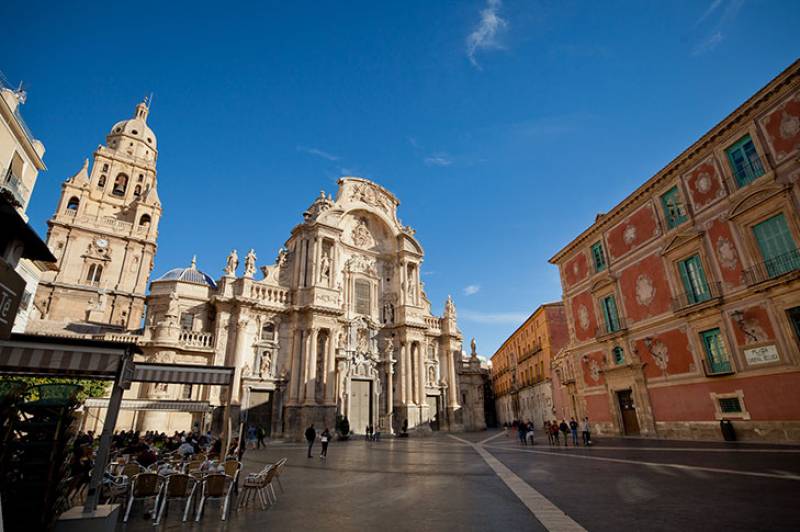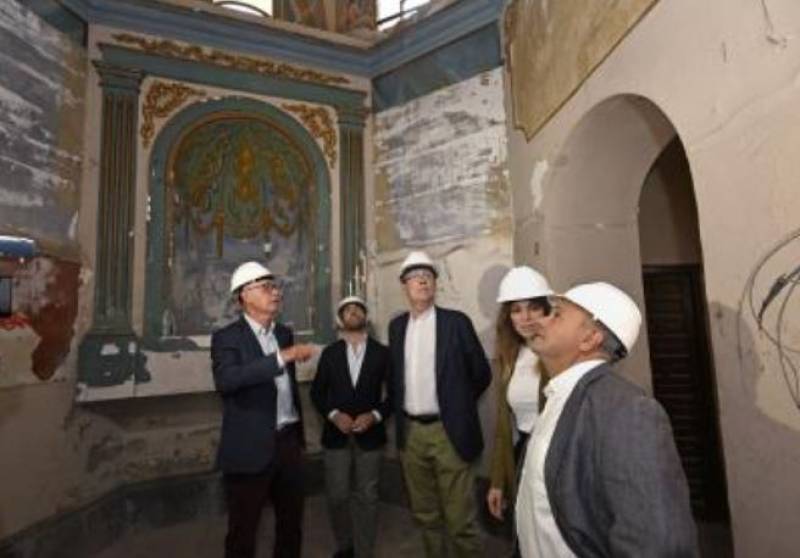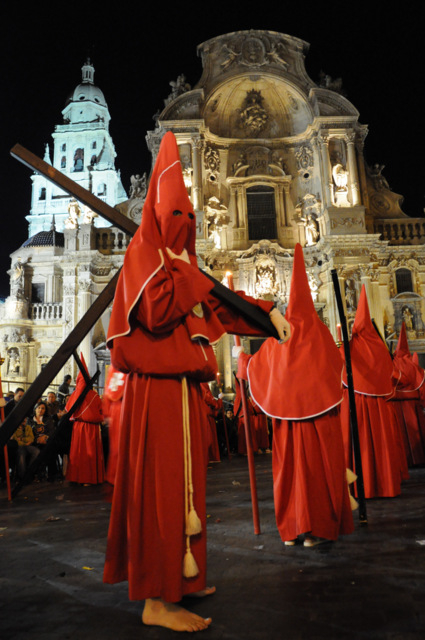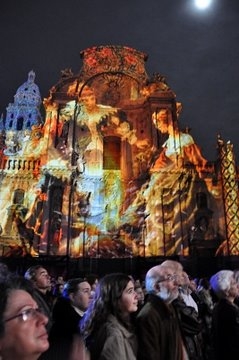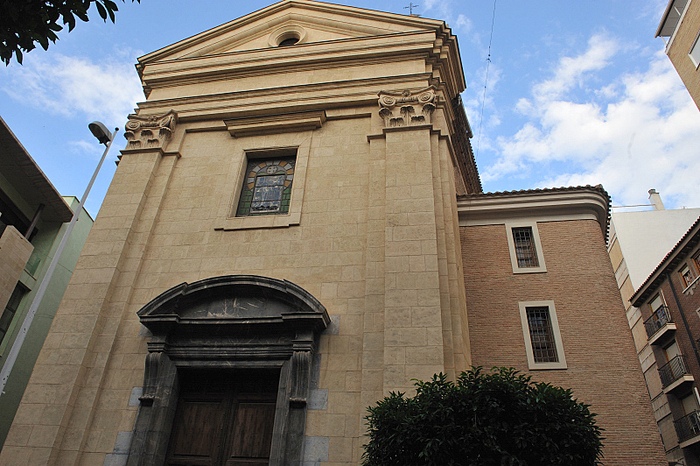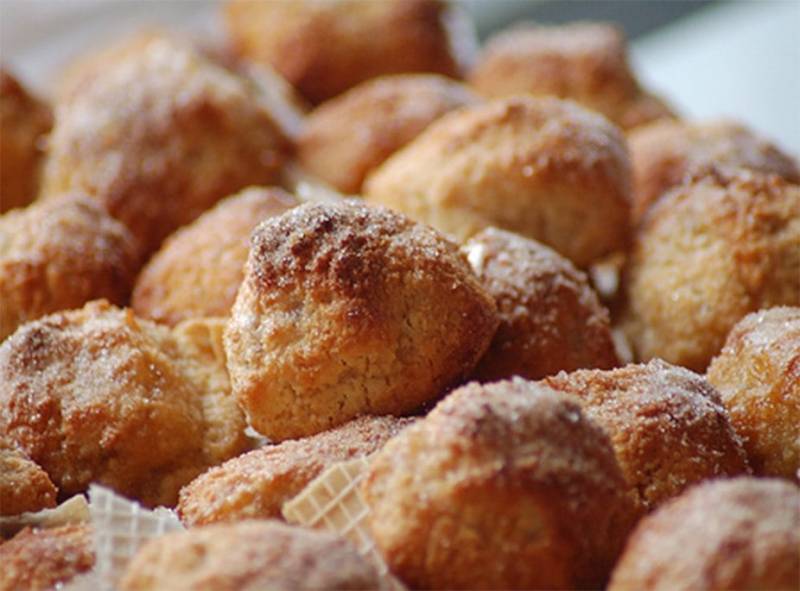- Region
- Águilas
- Alhama de Murcia
- Jumilla
- Lorca
- Los Alcázares
- Mazarrón
- San Javier
-
ALL AREAS & TOWNS
- AREAS
- SOUTH WEST
- MAR MENOR
- MURCIA CITY & CENTRAL
- NORTH & NORTH WEST
- TOWNS
- Abanilla
- Abarán
- Aguilas
- Alamillo
- Alcantarilla
- Aledo
- Alhama de Murcia
- Archena
- Balsicas
- Blanca
- Bolnuevo
- Bullas
- Cañadas del Romero
- Cabo de Palos
- Calasparra
- Camping Bolnuevo
- Campo De Ricote
- Camposol
- Canada De La Lena
- Caravaca de la Cruz
- Cartagena
- Cehegin
- Ceuti
- Cieza
- Condado de Alhama
- Corvera
- Costa Cálida
- Cuevas De Almanzora
- Cuevas de Reyllo
- El Carmoli
- El Mojon
- El Molino (Puerto Lumbreras)
- El Pareton / Cantareros
- El Raso
- El Valle Golf Resort
- Fortuna
- Fuente Alamo
- Hacienda del Alamo Golf Resort
- Hacienda Riquelme Golf Resort
- Isla Plana
- Islas Menores & Mar de Cristal
- Jumilla
- La Azohia
- La Charca
- La Manga Club
- La Manga del Mar Menor
- La Pinilla
- La Puebla
- La Torre
- La Torre Golf Resort
- La Unión
- Las Palas
- Las Ramblas
- Las Ramblas Golf
- Las Torres de Cotillas
- Leiva
- Librilla
- Lo Pagan
- Lo Santiago
- Lorca
- Lorquí
- Los Alcázares
- Los Balcones
- Los Belones
- Los Canovas
- Los Nietos
- Los Perez (Tallante)
- Los Urrutias
- Los Ventorrillos
- Mar De Cristal
- Mar Menor
- Mar Menor Golf Resort
- Mazarrón
- Mazarrón Country Club
- Molina de Segura
- Moratalla
- Mula
- Murcia City
- Murcia Property
- Pareton
- Peraleja Golf Resort
- Perin
- Pilar de la Horadada
- Pinar de Campoverde
- Pinoso
- Playa Honda
- Playa Honda / Playa Paraíso
- Pliego
- Portmán
- Pozo Estrecho
- Puerto de Mazarrón
- Puerto Lumbreras
- Puntas De Calnegre
- Region of Murcia
- Ricote
- Roda Golf Resort
- Roldan
- Roldan and Lo Ferro
- San Javier
- San Pedro del Pinatar
- Santiago de la Ribera
- Sierra Espuña
- Sucina
- Tallante
- Terrazas de la Torre Golf Resort
- Torre Pacheco
- Totana
- What's On Weekly Bulletin
- Yecla


- EDITIONS:
 Spanish News Today
Spanish News Today
 Alicante Today
Alicante Today
 Andalucia Today
Andalucia Today
article_detail
Date Published: 03/03/2015
Iglesia Santa Eulalia, Murcia
This is located in the Plaza Santa Eulalia alongside the Museo de la Muralla
This 18th century church in the centre of Murcia is very close to many of the main tourist attractions in the city, and stands in the Plaza de Santa Eulalia alongside the Museo Muralla in the district of the city known as the Barrio de Santa Eulalia.
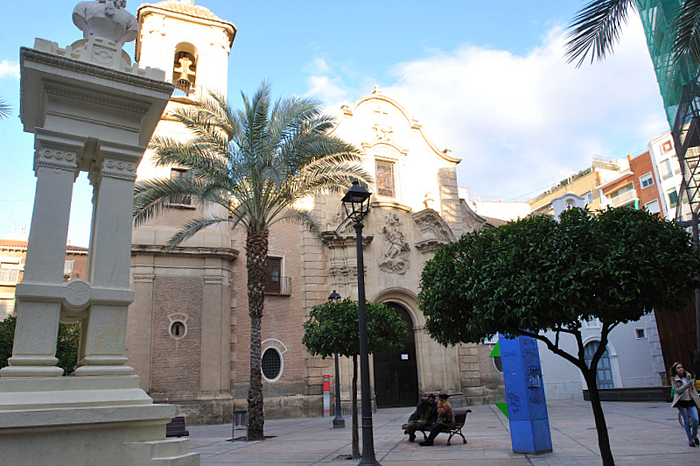
The church of Santa Eulalia was officially inaugurated on 21st June 1766, and was built on top of the remains of a far simpler previous structure whose construction was ordered by Jaime I in the 13th century in honour of Santa Olalla.
This structure dated from the days of early Christian occupation of the city, after the forces of the Reconquista had taken over the original structure built by the Moors: Mur-siya. It was common practice at the time to re-use existing structures and this first small chapel was built up against the vast protective wall which encircled the city.
By the 17th century this chapel was devoted to San Blas, and the district or Barrio of Santa Eulalia still celebrates fiestas in honour of this saint, along with those of the Virgen del Candelaria at the beginning of February.
In the early 17th century plans were formed to build a new chapel, but as the space occupied was so small, extra space was requested from the city hall. It took years to agree on a plan, and finally the existing chapel of San José was built at the end of the 17th century, and beginning of the 18th century, although the first chapel dates back to 1628.
The church in honour of Santa Eulalia was built alongside it, linking in to the chapel, the existing structure 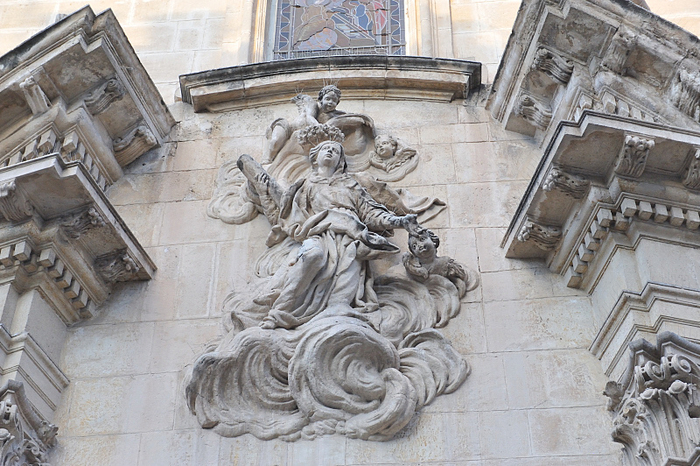 completed in 1766.
completed in 1766.
The building as we see it today consists of a typical cross-shaped structure with four chapels on either side of the main nave, with a dome above the transept and a rectangular chancel.
The central part of the main façade features a stone archway bordered by two thick columns, at the top of which is sculpted decoration which was created in 1764 by Francisco Moreno. The broken curved arch at the top houses a relief depicting the saint’s martyrdom, and although it is in the style of Jaime Bort, who created the façade of the nearby cathedral, it is actually attributed to Pedro Federico.
Above this there is a large window, over which are the figures of two angels holding a cross.
On the northern side of the church is the bell-tower, which was built in three levels.
The Chapel of San José is a small building which adjoins the main church of Santa Eulalia and which is normally accessed through a door inside the church. The simple façade features a rounded arch, a niche containing the figure of San José, a small window which illuminates the interior and a belfry.
The rococó-style adornments inside are simple, and include five works painted by an artist from Milan who took up residence in Murcia, Pablo Sístori. Two of these are on either side of the transept and the other on the main altar-screen. The circular camarín niche was also originally decorated by Sístori, but has since been repainted.
These "trompe loeil" pieces are painted to look like three-dimensional architectural features despite being on flat surfaces, and date from 1779 to 1781: similar works by the same artist, using the same understated colours, can be found in the churches of San Juan de Dios and Nuestro Padre Jesús (in the Plaza San Agustín, forming part of the Salzillo museum).
Another work of note within the church is the figure of Santa Rosalía de Palermo by Francisco Salzillo himself, which is among the first sculptures known to be by the master, dating from 1727.
This church is inextricably linked to the Museo de la Muralla alongside it, which conserves a large section of 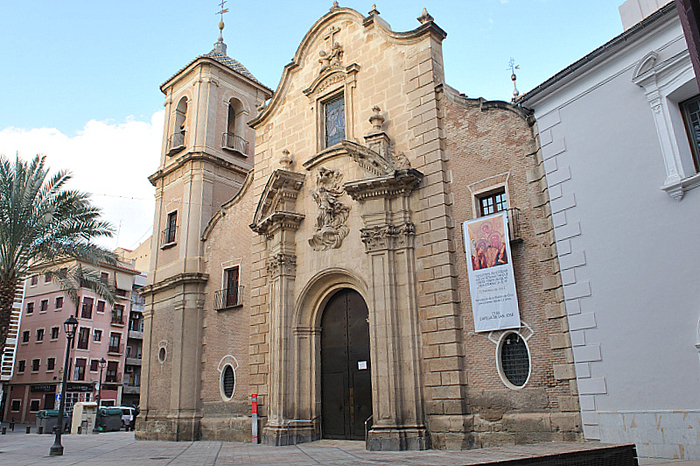 the huge wall which once encircled the city. This was shown to be the case in 1964, when an archaeological dig uncovered various other defensive constructions which proved that this was the site of one of the main gates to the Islamic city, as well as a Moorish burial ground.
the huge wall which once encircled the city. This was shown to be the case in 1964, when an archaeological dig uncovered various other defensive constructions which proved that this was the site of one of the main gates to the Islamic city, as well as a Moorish burial ground.
Nowadays the three elements which exist side by side at this site – the Moorish city wall, the Chapel of San José and the church of Santa Eulalia – comprise a fascinating little concentration of history in the centre of the city, and alongside in the Plaza de Santa Eulalia visitors can see the monument erected in honour of Francisco Salzillo, the 18th century sculptor who became one of Murcia’s most famous sons.
A museum dedicated to Francisco Salzillo and containing some of his finest works which still parade on Good Friday is located on the far side of the main city in the Museo Salzillo.
Click for map, Plaza de Santa Eulalia Murcia
article_detail
Contact Murcia Today: Editorial 000 000 000 /
Office 000 000 000

